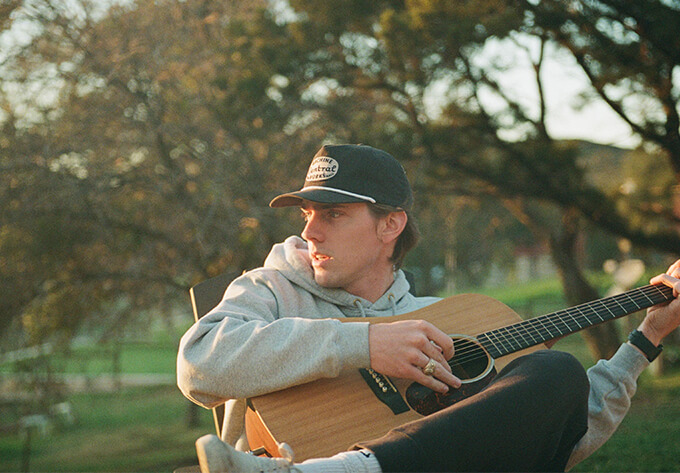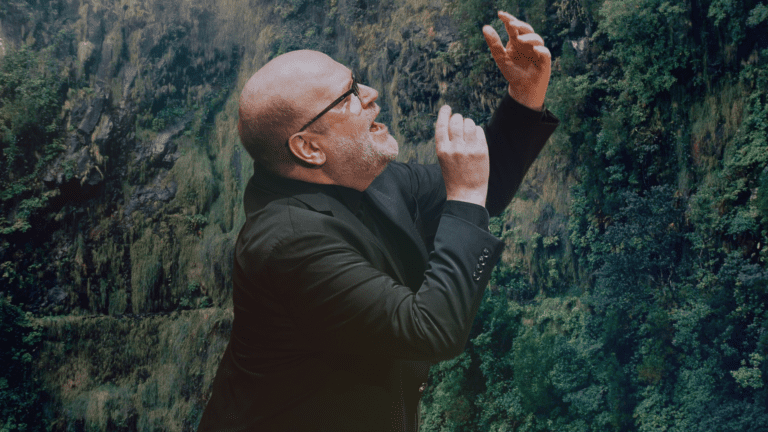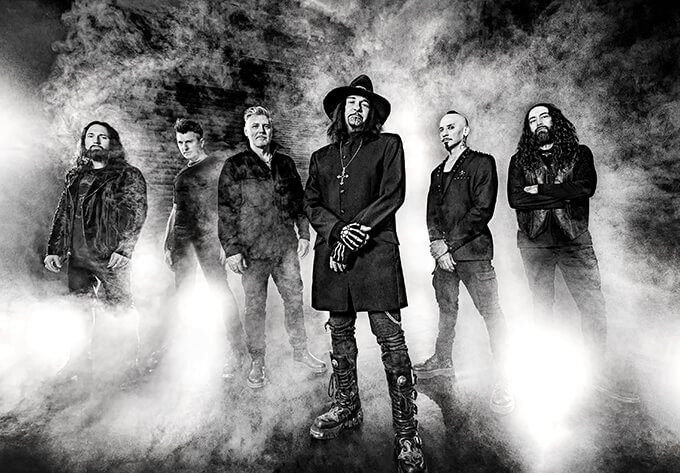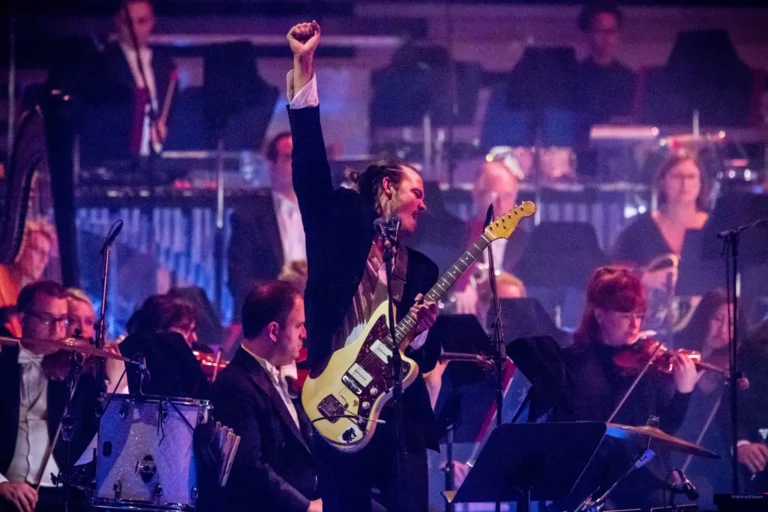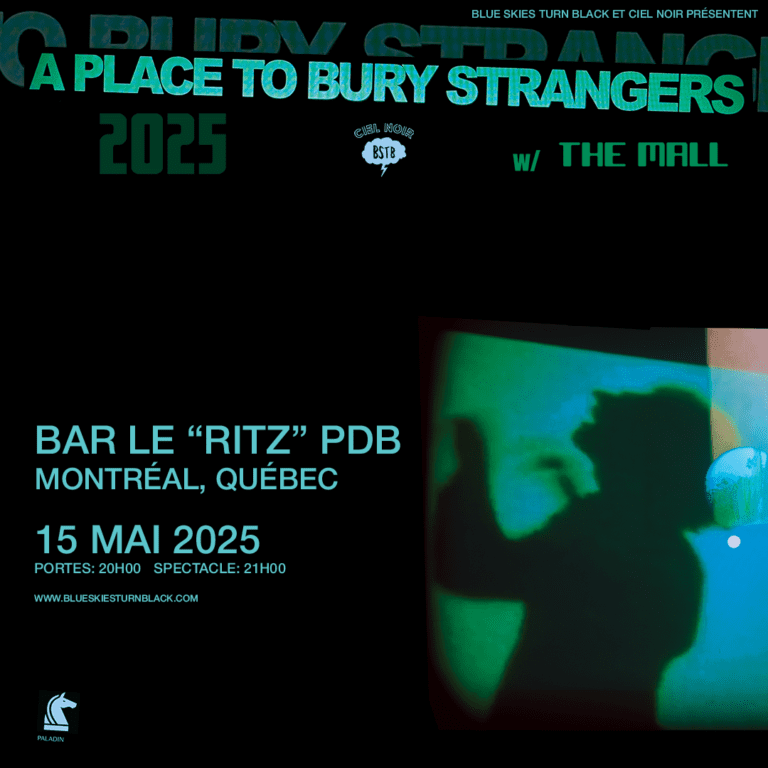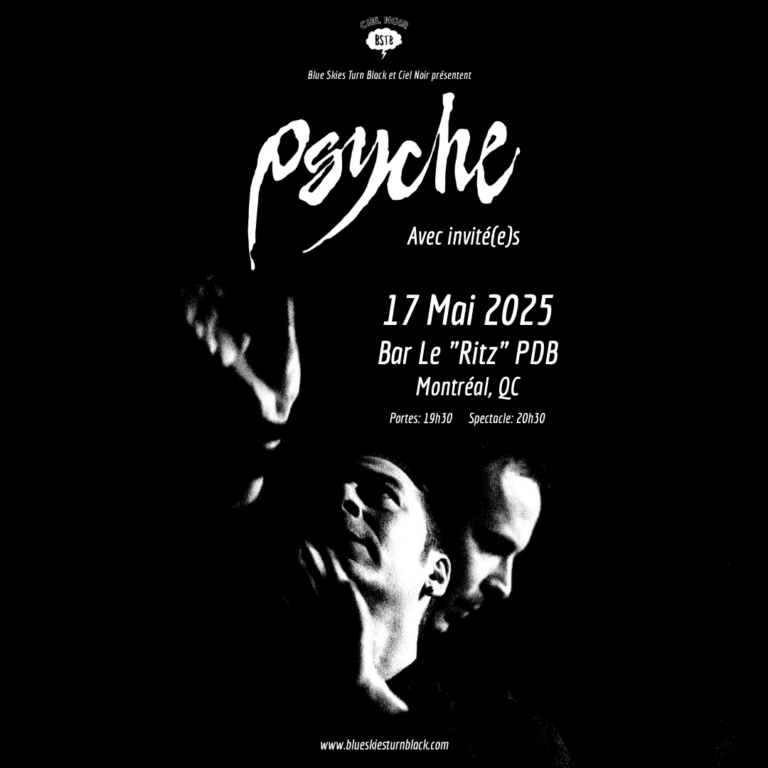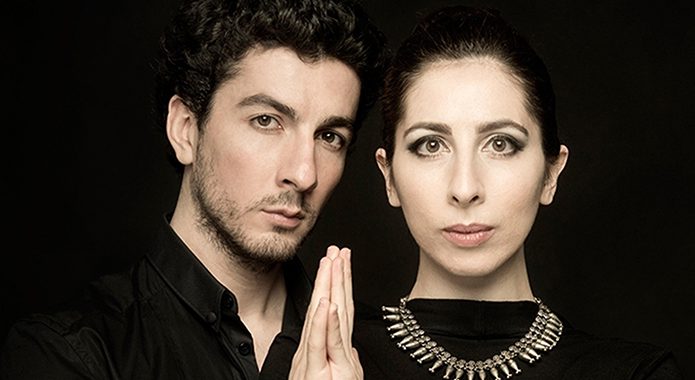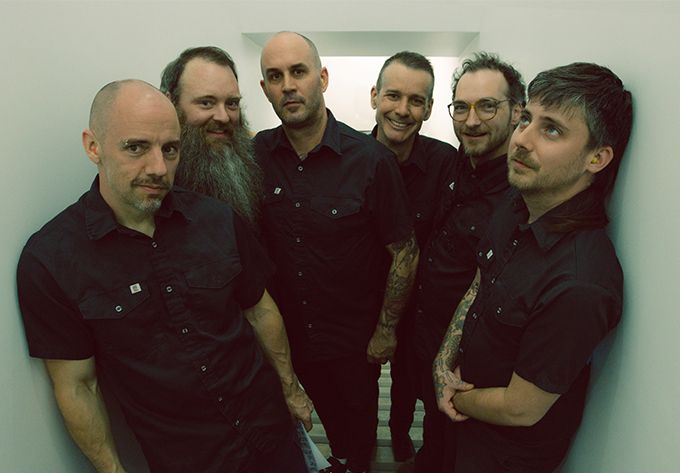On May 15 at the Maison symphonique was the last of 3 performances of the return of Half Moon Run with the Orchestre symphonique de Montréal conducted by Adam Johnson.
The evening began with Everyone’s Moving Out East, richly accompanied by the full orchestra. The soaring 9beat followed to the rhythm of brilliantly enriched percussion, delicately complemented by female backing vocals and violins, amplifying the light of the musical epic, which ended sharply at the climax, to the cheers of the crowd.
We came back down for Goodbye Cali, with the guys strolling across the stage in long strides to the rhythm of the promenade, which ended with the piano scores intertwining, veering into jazz. Crawl Back In then opened, softly, with only acoustic guitar and vocals backed by violins, quickly evolving into more complexity.
We found ourselves suspended for a moment in time, and I don’t know if it’s because of a little similarity with Hallelujah, but this one brought a tear to my eye. Immediately afterwards, the highlight of the evening, How Come My Body, one of my favourites, went completely wild, with the percussion and double bass weighing down the atmosphere and the female singers adding density to the choruses.
Razorblade and Loose Ends were presented in a rousing, rhythmic fashion, with the brass instruments, and solo trumpeter Paul Merkelo in particular, taking full advantage of their space. You won’t (look me in the eyes) was really well accompanied by violins, surprising us with a magnificent solo from Marianne Dugal in particular, and enveloped by female vocal harmonies, while the atmospheric Another Woman came close to Muse’s progressive/alternative rock with the orchestra and an abundance of staccatos. We were treated to a deep, rich version of It’s true, on which the double basses heightened the song’s dramatic potential tenfold, as well as Grow Into Love and Then Again adorned with overlapping violins, between pizzicatos and legatos that filled the airs.
The awaited Full Circle kicked off with Serge Desgagnés’ expertly executed percussion, and was the perfect song to highlight this angle of the orchestral arrangement, quickly progressing to one of the evening’s most masterful orchestrations. Call me in the afternoon, warmly welcomed by the audience, stood out for its electrifying guitar duet at the front of the stage. This was followed by I can’t figure out what’s going on and She wants to know you can let go, opening with a Tchaikovsky-like introduction of flutes and oboes, quickly accompanied by the other winds. The encore, Sun leads me on , ended the evening magnificently, starting with Devon, Conner and Dylan going up to find the leader on the central platform to deliver the last song in chorus, around the same microphone. They were gradually joined by the singers, flutes, oboes and clarinets for a final crescendo that left us with heads full of music.Tout au long du spectacle, les arrangements sensibles de Blair Thompson se sont illustrés en sachant délicatement faire briller les points forts des compositions d’Half Moon Run. Un spectacle senti, bien calculé et extraordinairement bien exécuté, conduit de main de maître par Adam Johnson. Si vous n’y étiez pas, vous avez manqué un MOMENT.
Photo Credit : Antoine Saito
